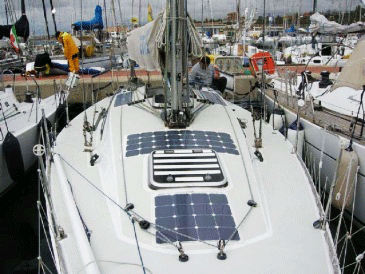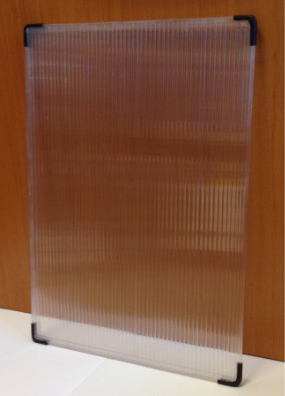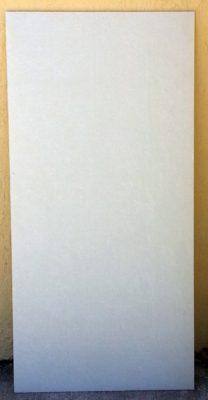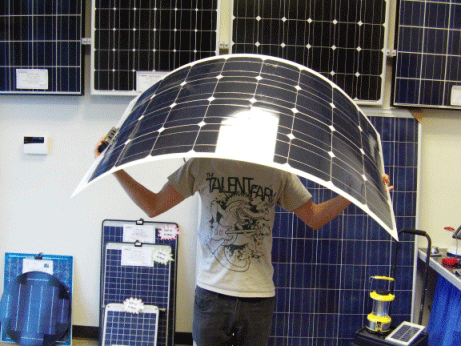 It is the hottest renewable energy
product that has hit the Marine industry recently that has made a lot
of people excited and some disappointed!
It is the hottest renewable energy
product that has hit the Marine industry recently that has made a lot
of people excited and some disappointed!
You may have heard of them, the super
flexible ultra thin solar panels (Solbian, Shine, etc). People have
been lining up to purchase these to install on the top of their Bimini tops. And why not, they are low-profile, light weight
(eliminating stainless steel bracketing and additional weight) and
can be easily removed for winter storage or approaching storms.
So what’s the problem? The exact use
of the word “flexible” is misinterpreted (misconstrued). The
solar panels are flexible and can typically be mounted on surfaces
with up to a 25% camber (see manufacturer specifications for exact
amount allowed) but they are not designed to be continuously
“flexed”.
So many over zealous boat owners purchase these panels
and stitched them (sometimes by a zipper) onto their soft Bimini
top, wired in their batteries via a MPPT solar charge controller and
become amazed at the amp hours (A-Hr) of renewable energy produced.
Well it usually only takes about one season before the
flexible panels begin to fail (producing lower, intermittent or in
some cases no energy production) and a claim of “warranty” is
shouted loud and clear to their vendor of choice. Unfortunately these
types of warranty claims may not be honored by the manufacturer due
to being exposed to continuous flexing.

These ultra thin flexible solar panels are not designed to be “flexed” on a continuous basis such as being attached to a soft Bimini top where the wind is constantly lifting and dropping them on the stainless steel Bimini structure (this causes fatigue and failure of the interconnections or the solar cells themselves) resulting in the failure of these expensive and rather fragile solar panels. This type of solar panel is designed to be installed on a hard (flat or curved) surface which is ideal for hard Bimini’s and decks.
They can be used on soft Bimini top’s provided they have installed behind them backer boards (stiffeners) to eliminate the “flexing” (see photo above of a properly installed solar panel with backer board).
 A typical example of a backer board material is an 8 mm thick twin wall poly carbonate material
(available at most greenhouse supply stores). This type of backer
board is stiff, light weight and also gives the added benefit of
having an air channel which helps dissipate some of the heat present
at the backside of the solar panel.
A typical example of a backer board material is an 8 mm thick twin wall poly carbonate material
(available at most greenhouse supply stores). This type of backer
board is stiff, light weight and also gives the added benefit of
having an air channel which helps dissipate some of the heat present
at the backside of the solar panel.

The cooler the solar panels run
the more productive they become in making energy. The key to
selecting an appropriate backer board is the stiffness and weight. Most backer boards are usually fabricated to be the same dimensional
size as the solar panel.